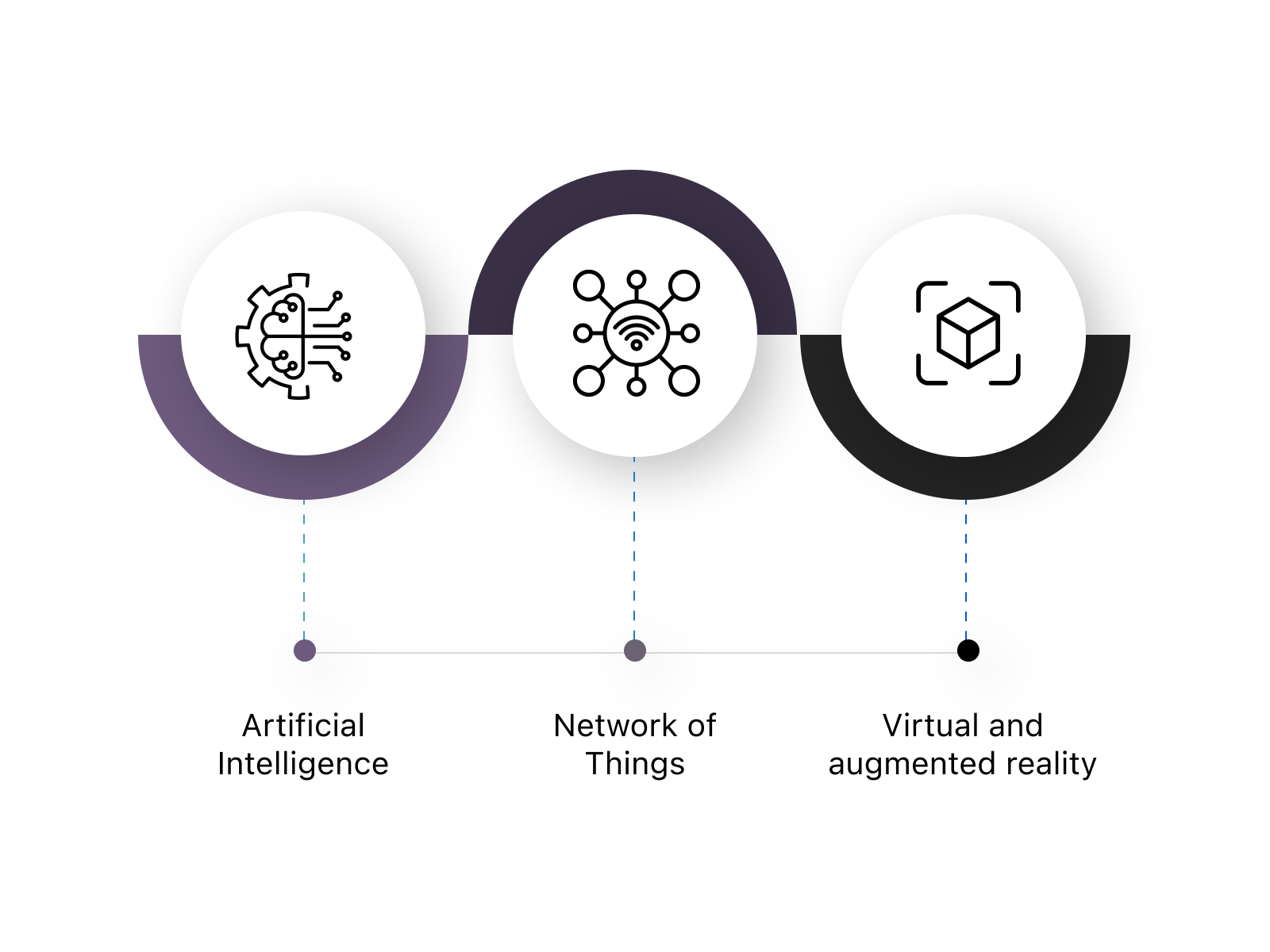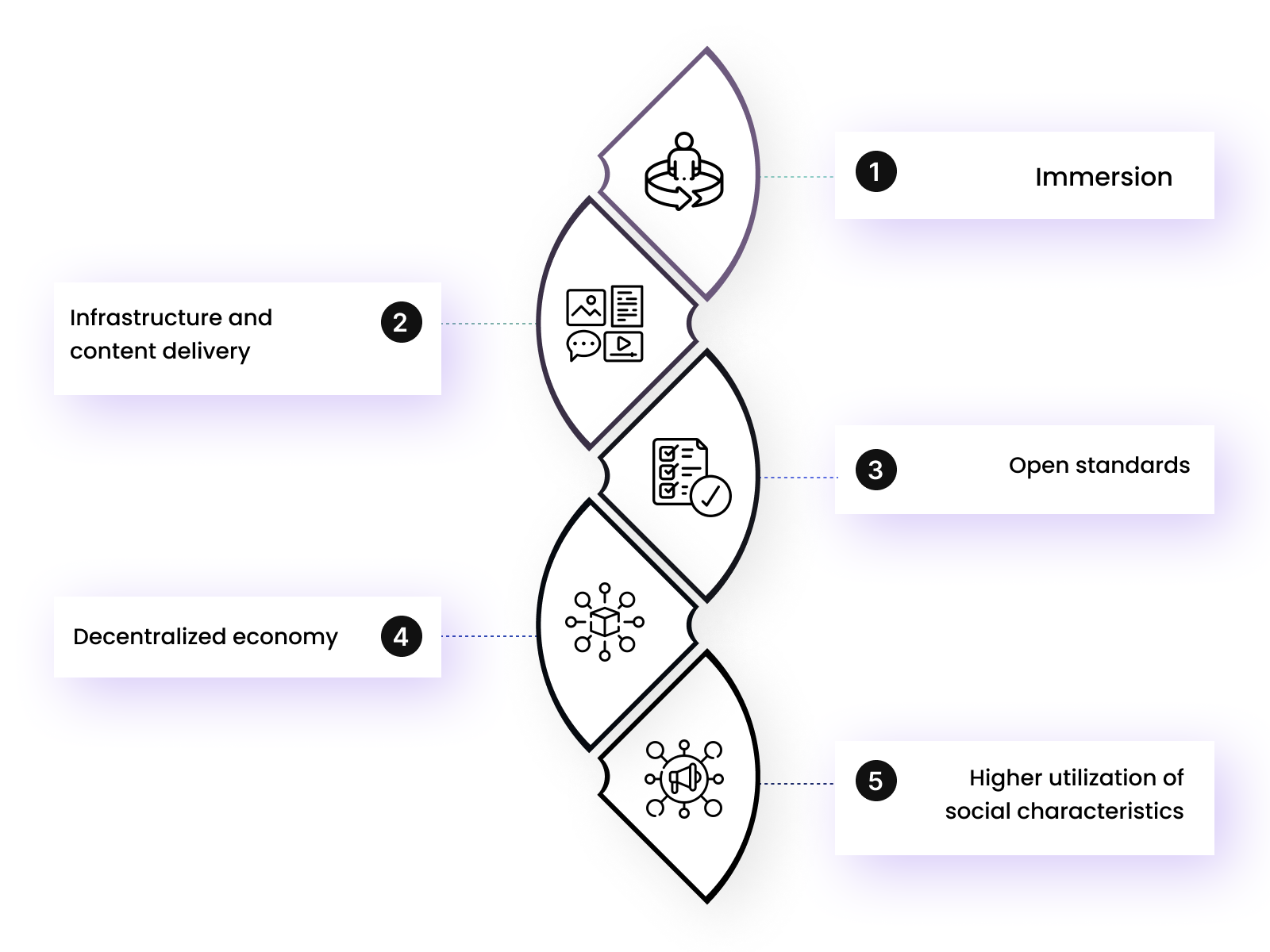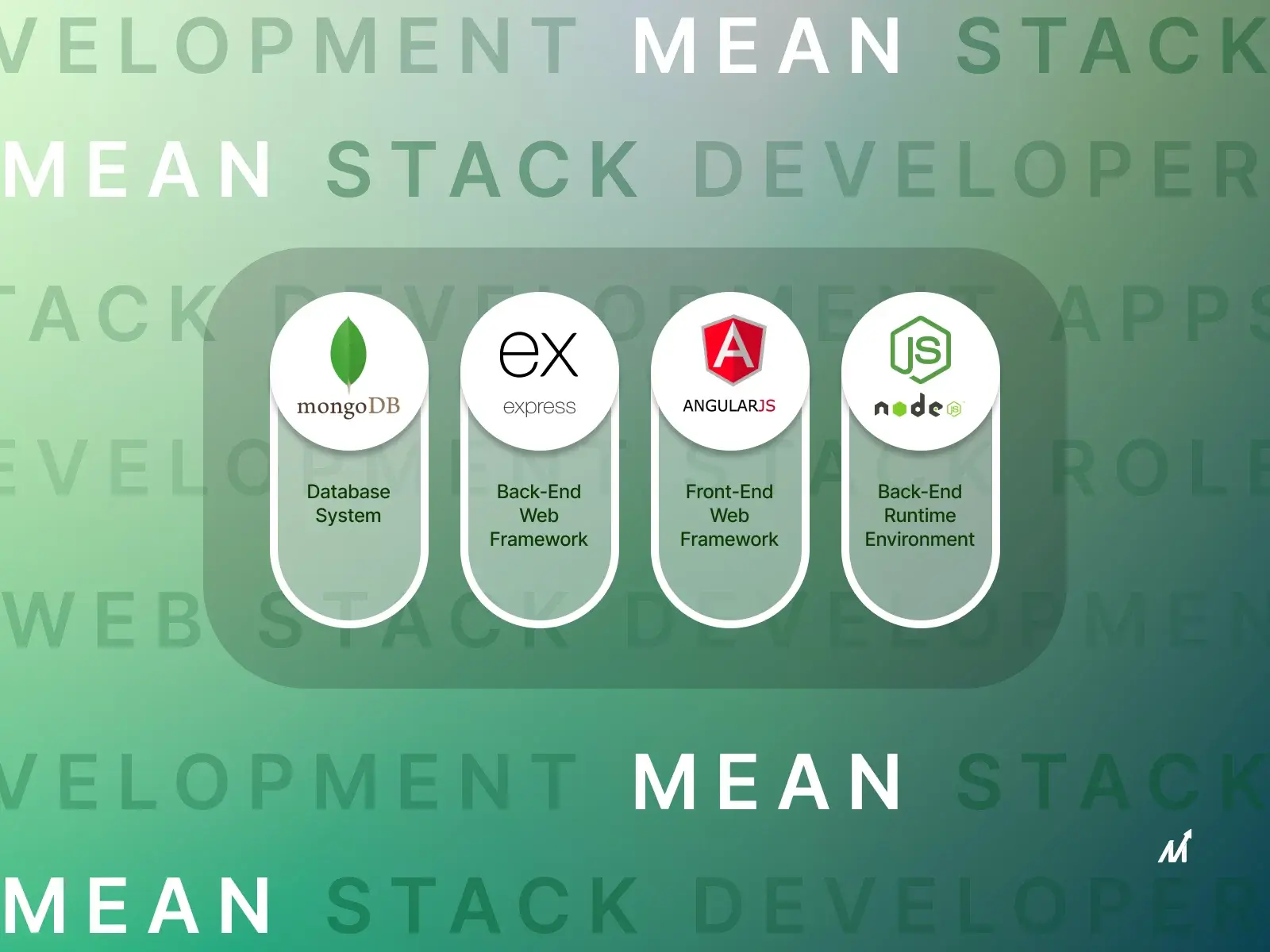Metaverse virtual world: Facts & stats
A Metaverse is a digital space where virtual people communicate and engage. The Metaverse market is anticipated to increase to 47.48 billion US dollars in 2023, then to 678.8 billion US dollars by 2030. Metaverse uses virtual forms, known as “avatars,” to carry out actions in the virtual world similar to how they might in the actual world. Technically speaking, the Metaverse is a virtual world made possible by the fusion of numerous technologies. It needs artificial intelligence (AI), spatial computing, HMDs, IoTs, virtual reality (VR), augmented reality (AR), and more.
Companies invest heavily to build the Metaverse into a functional business and social environment.
- As of 2023, the addressable market for the Metaverse in the United States might reach 8.3 trillion dollars in total consumer spending. The most significant portion of this expenditure will be made up of the real estate (30.4%), automobiles (8.5%), and home-related (8.44%) divisions.
- Using virtual reality (VR) headgear, augmented reality (AR) glasses, smartphone apps, or other devices, the Metaverse is intended to provide a place for endless, interconnected virtual communities.
Overview of Metaverse
What is the Metaverse, exactly? The Metaverse could be introduced as an immersive, 3D virtual environment. Imagine it as the internet rendered in 3D or brought to life. Instead of just viewing it on a screen, Zuckerberg has called it a “virtual ecosystem” you can enter.
In essence, it’s a universe of surreal, interconnected virtual communities where individuals may interact via smartphone apps, augmented reality glasses, virtual reality headsets, and other devices to socialize, work, and play. According to Robertson and Peters, the Metaverse is “a multiverse which interacts more with the real world,” including features like augmented reality overlays, virtual reality changing rooms in actual stores, and even Google Maps-like applications.
The Metaverse is persistent and endless because we can keep adding information to it, which exists even when we don’t engage with it. The terminology is several decades older than the current iteration.
Fundamentals of the Metaverse
- The Metaverse is a digital environment made up of tools for decentralized finance based on blockchain technology, real-time collaboration software, and other forms of 3D technology.
- The success of the Metaverse virtual world will depend on elements like the level of interconnection between virtual worlds, data portability, governance, and user interfaces.
- Users continue to use the Metaverse for entertainment and games, but it still needs to become a fully immersive virtual reality.
- Large rival ecosystems, such as the meta worlds for Apple and Android, dominate the Metaverse and have little interoperability.
- Similar to the internet in 3D, the Metaverse is a dynamic, open, and interoperable environment.
Further Read: Exploring Metaverse Use Cases In Different Industries
Top companies building the Metaverse virtual world
With big and small businesses investing in virtual reality, augmented reality, and other immersive technologies, the metaverse is quickly becoming a significant component of the technological landscape. Even if the development of Metaverse virtual worlds is still in its early stages, below is a list of the top businesses already moving forward:
Microsoft
Microsoft is developing several Metaverse applications using its Mesh technology as a foundation. These diverse and extended reality applications combine the real world with augmented and virtual reality. The company’s objective is to build a work-focused Metaverse within Mesh where customers may use Microsoft Teams, Windows, and other services in VR.
The technological behemoth also plans to integrate avatars in the workplace to enhance and hasten problem-solving.
Epic Games
Fortnite, a tremendously famous battle royale game created by Epic Games, is probably its most well-known, but the business is also a significant player in the Metaverse industry.
Epic is also developing a completely immersive virtual world dubbed the Metaverse and several other virtual and augmented reality projects.
Meta
One of the primary Metaverse companies making virtual worlds is Facebook, now known as Meta. Moreover, 2014’s acquisition of Oculus by Meta represented a significant investment in the advancement of virtual reality. The organization is developing headsets that will offer the most lifelike experience yet.
The development of initiatives for the Metaverse is the exclusive focus of a brand-new team they have even formed. Specifically, they want to create a virtual environment where avatars may communicate and transact for leisure and business. A workable prototype of Meta might be released in two to five years, given its creative economy.
Key technologies of the Metaverse virtual world
Technologies, including the Internet of Things (IoT), augmented reality (AR), virtual reality (VR), three-dimensional modeling, and spatial and edge computing, have enabled the most recent Metaverse development.
1. Artificial Intelligence
Artificial intelligence ensures the integrity of the Metaverse infrastructure and, when combined with Metaverse technology, also provides valuable data for the upper levels. NVIDIA technologies serve as a good illustration of how AI will be essential in creating the virtual environments where social interactions in the Metaverse will take place.
2. Internet of Things
As the Metaverse studies and engages with the actual world through IoT, it will also act as a 3D user interface for IoT devices, enabling a more individualized IoT experience. Organizations will benefit from the Internet of Things and the Metaverse by making data-driven decisions quickly.
3. Virtual and augmented reality
The Metaverse concept combines technologies like AI, AR, and VR to allow people to access the virtual world. For instance, augmented reality technology can integrate virtual objects into the real world. Similarly, VR allows users to experience 3D virtual environments or 3D reconstructions using 3D computer modeling.
How to create a Metaverse virtual world?
- The initial step is to select a suitable use case for the Metaverse. The concept and how to understand it digitally are crucial. Start from the concept while building the Metaverse.
- The building of a user interface is the next stage in development. Create an immersive and engaging user interface based on the concept businesses have in mind.
- The smart operational contracts should be coded after choosing a user interface. The if/then clauses, in tandem with blockchain technology, can be used to do this.
- Then, it’s time to introduce the IPFS (Interplanetary Filing System). Due to the decentralization of content enabled by IPFS, thousands of peers store the data instead of a single server.
- Since each piece of data is cryptographically hashed, monopolization and censorship are prevented. It is a secure backup, as well. Since other nodes across the world can still load data even if the IPFS node is down.
- Create a database for the Metaverse after that. After then, work on the fundamental AI and VR features should begin. It will be essential to the growth of the Metaverse as you envisioned it. Connect the global server and smart contracts to the application’s front, and back ends.
Important aspects needed in mobile gaming Metaverse virtual world
Today, it is only possible to talk about the gaming industry by bringing up the Metaverse. The term “Metaverse” in video games means a connected universe of virtual worlds. Technologists consider creating a virtual world the next logical step in developing the internet and the digital world. Indeed, the Metaverse is the future, and the gaming industry shows some worrying expansion signals. Let’s examine the elements that will hasten the realization of the Metaverse in the gaming industry.
1. Immersion
Console, PC, or standalone headsets like Quest are essential to the future of virtual reality. With Oculus, which converts physical movements into VR, VR technology has advanced beyond PC-dependent headsets with external tracking. Moreover, the Immersion of the Metaverse strongly emphasizes favoring more widely available, internally tracked technologies.
2. Infrastructure and content delivery
Apple and Google’s platforms for content distribution are crucial to the mobile world. Before having the opportunity to make a payment, users must download an app. However, game streaming is developing rapidly. Microsoft has introduced mobile Xbox cloud gaming. It moves the Metaverse’s goal of a seamless streaming experience on mobile devices one step closer.
3. Open standards
The Metaverse must be based on open standards that link all virtual experiences to be considered a viable replacement for the internet. No single entity can control the Metaverse, which can be very difficult. However, this open standard opposes Apple and Google’s current commercial models, which function like walled gardens with tight control over who pays for what and what may be published.
4. Decentralized economy
It will be necessary for a Metaverse to flourish because centralized economies like Google and Apple want to maintain control over the entire ecosystem and the payment mechanism. Technological innovations like blockchain, cryptography, and decentralized finance might facilitate a worldwide and functional economy for the Metaverse.
5. Higher utilization of social characteristics
Recently, the number of social elements in mobile games has exploded. In contemporary mobile games, guild dynamics and cooperative gaming are becoming more prevalent. Consequently, the increased popularity of social features will pave the road for the Metaverse to become a reality.
Markovate’s expertise with Metaverse virtual world
Businesses are attempting to increase the value of their brands through Metaverse applications as more and more people migrate to VR and AR-based apps. Therefore, many businesses now place the highest priority on developing a Metaverse application.
Markovate creates stunning 3D environments that effectively use as much data as possible by utilizing the most significant Web development, augmented reality, and virtual reality technology. Moreover, by making the Metaverse work with the majority of 3D hardware, our developers hope to increase the accessibility of the Metaverse to the general population.
We would be the ideal partners if you wanted to jump on the Metaverse bandwagon!
Contact us right away, and let’s discuss your ideas.
Metaverse virtual world: FAQs
1. What is the difference between the internet and Metaverse?
Although one can use the internet without necessarily connecting with others, the Metaverse builds on digital human connection. It’s about individuals coming together to share a virtual world, whether for the job, school, exercise, or fun.
2. How secure is a Metaverse platform?
Like any other technology connected to the internet, the Metaverse may benefit consumers. However, cybercriminals, con artists, and swindlers will actively target it, posing an immediate security and privacy risk.







